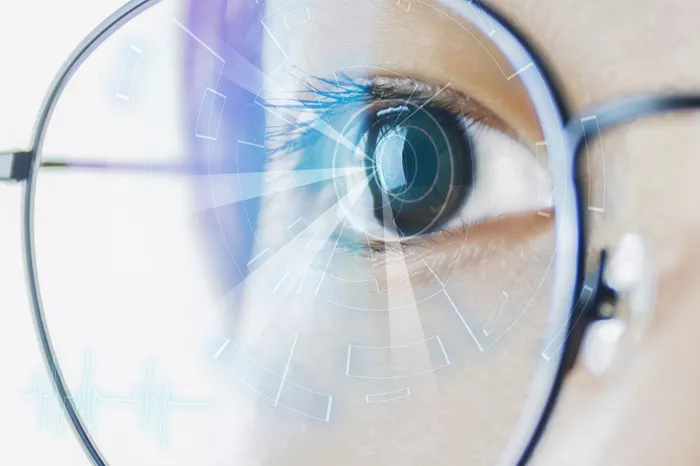Glaucoma affects approximately 3 million people in the United States and is the second leading cause of blindness worldwide, according to the Centers for Disease Control and Prevention (CDC). Although there is no cure for glaucoma, various treatments can slow its progression and help prevent further vision loss. Here’s an overview of the disease and the treatment options that can help preserve sight.
What Is Glaucoma?
Glaucoma refers to a group of eye diseases that result in permanent damage to the optic nerve, which is responsible for transmitting visual information from the eye to the brain. Dr. Inas Aboobakar, a glaucoma surgeon and ophthalmology instructor at Harvard Medical School, explains that damage to the optic nerve impairs vision, and this damage is often irreversible.
The most common type of glaucoma in the U.S. is open-angle glaucoma, affecting approximately 90 percent of people with the condition. Other types include normal-tension glaucoma, angle-closure glaucoma, and congenital glaucoma.
While the exact cause of glaucoma remains unclear, high eye pressure is considered a key risk factor. This increased pressure occurs when the eye’s drainage system fails to function properly, causing fluid buildup and damaging the optic nerve. However, Dr. Aboobakar notes that many patients with glaucoma do not experience high eye pressure and can still suffer optic nerve damage at normal eye pressures.
Effective Glaucoma Treatment Options
Currently, there is no way to reverse the damage caused by glaucoma. As Dr. Aboobakar points out, all treatment options are aimed at lowering eye pressure to prevent further damage. Early diagnosis is crucial, which is why regular eye exams are essential, especially for individuals at higher risk.
Once diagnosed, glaucoma treatment typically involves one of the following methods to lower intraocular pressure:
1. Prescription Eye Drops
The most common treatment for glaucoma is the use of prescription eye drops. These drops work by either helping to drain excess fluid from the eye or by reducing the production of fluid. Depending on the type of eye drops prescribed, they can effectively lower intraocular pressure and slow the progression of the disease.
2. Laser Therapy
Laser therapy, specifically laser trabeculoplasty, is a procedure where a laser is directed into the eye to help the fluid drain more effectively. This treatment is painless for most patients and provides long-lasting results. However, the effects may diminish over time, requiring repeat treatments or alternative therapies. Patients who undergo laser therapy often still need to use eye drops to manage eye pressure.
3. Surgical Options
Surgery is considered when eye drops and laser therapy are not sufficient. There are several types of glaucoma surgery, including:
Trabeculectomy: This procedure creates a new drainage pathway for eye fluid.
Glaucoma Implant Surgery: Involves inserting a drainage device into the eye to help regulate fluid flow.
Minimally Invasive Glaucoma Surgery (MIGS): This technique aims to enhance fluid drainage with less invasive methods.
These surgeries are designed to reduce intraocular pressure and help maintain vision by improving fluid drainage in the eye.
4. Lifestyle Changes
In addition to medical treatments, certain lifestyle changes can help manage glaucoma and slow its progression. Dr. Aboobakar recommends a diet rich in antioxidants and nitric oxide, regular aerobic exercise, and quitting smoking.
Diet: Foods rich in antioxidants, such as lutein and zeaxanthin, can help protect the eyes from oxidative damage, maintaining vision. Foods like leafy greens, beets, broccoli, carrots, and dark chocolate are great sources of these nutrients. Nitric oxide, which plays a role in regulating eye pressure, can be found in nitrate-rich foods like leafy greens and beets.
Exercise: Regular aerobic exercise has been shown to improve tear production, regulate intraocular pressure, and reduce damage caused by elevated eye pressure.
Quit Smoking: Smoking is a known risk factor for glaucoma progression, and quitting can help prevent further vision loss.
Related topic:
Eye Health America Partners with Bowden Eye & Associates
PYC Therapeutics Doses First ADOA Patient with PYC-001
How To Treat Under Eye Bags At Home?


